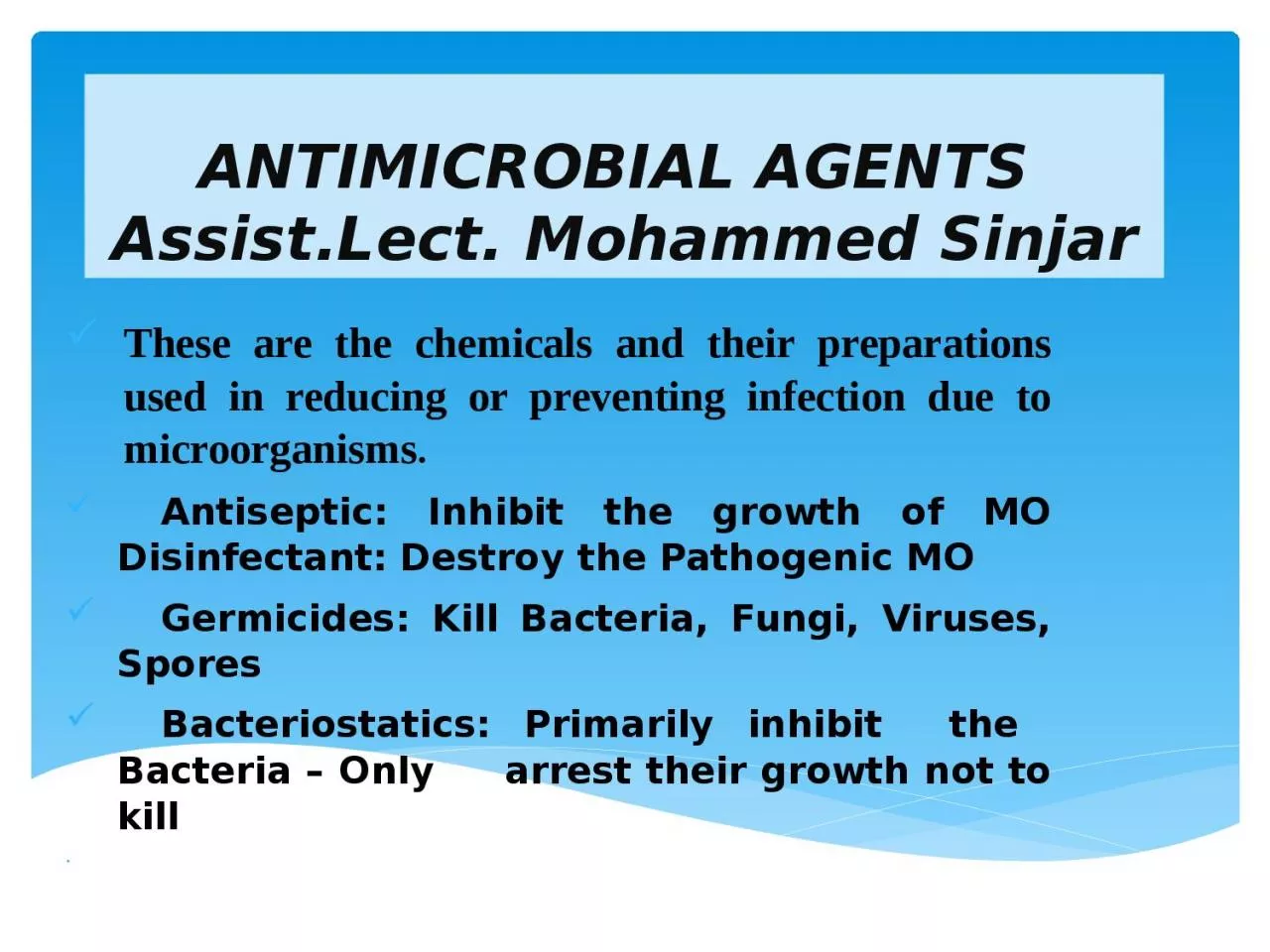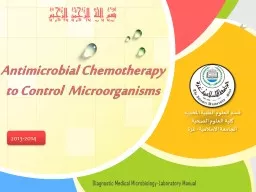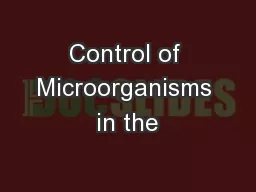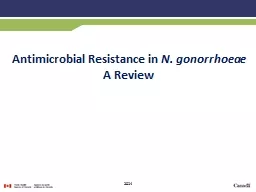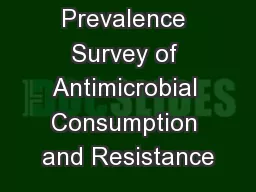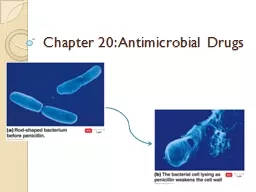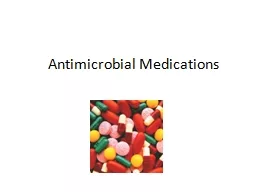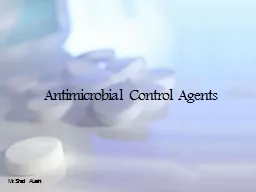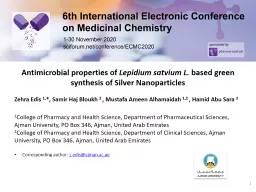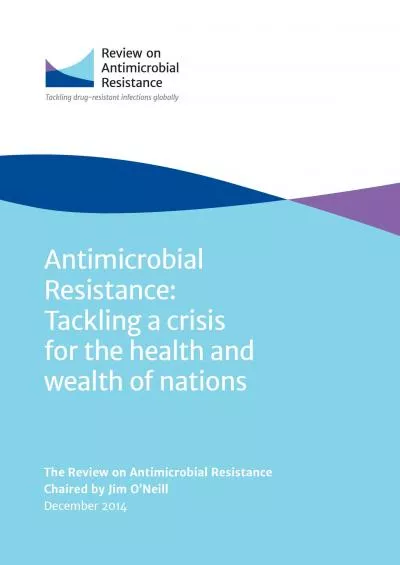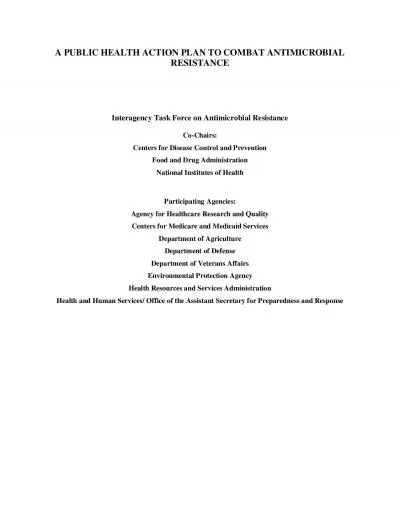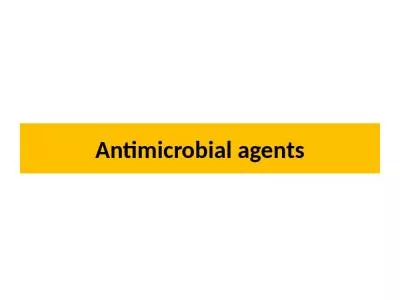PPT-ANTIMICROBIAL AGENTS Assist.Lect.
Author : ariel | Published Date : 2023-05-27
Mohammed Sinjar These are the chemicals and their preparations used in reducing or preventing infection due to microorganisms Antiseptic Inhibit the growth of
Presentation Embed Code
Download Presentation
Download Presentation The PPT/PDF document "ANTIMICROBIAL AGENTS Assist.Lect." is the property of its rightful owner. Permission is granted to download and print the materials on this website for personal, non-commercial use only, and to display it on your personal computer provided you do not modify the materials and that you retain all copyright notices contained in the materials. By downloading content from our website, you accept the terms of this agreement.
ANTIMICROBIAL AGENTS Assist.Lect.: Transcript
Download Rules Of Document
"ANTIMICROBIAL AGENTS Assist.Lect."The content belongs to its owner. You may download and print it for personal use, without modification, and keep all copyright notices. By downloading, you agree to these terms.
Related Documents

